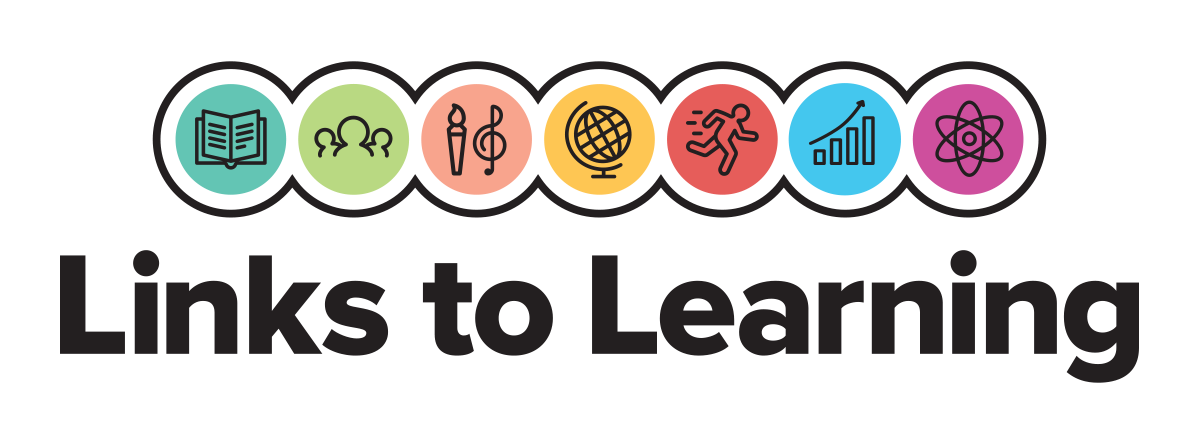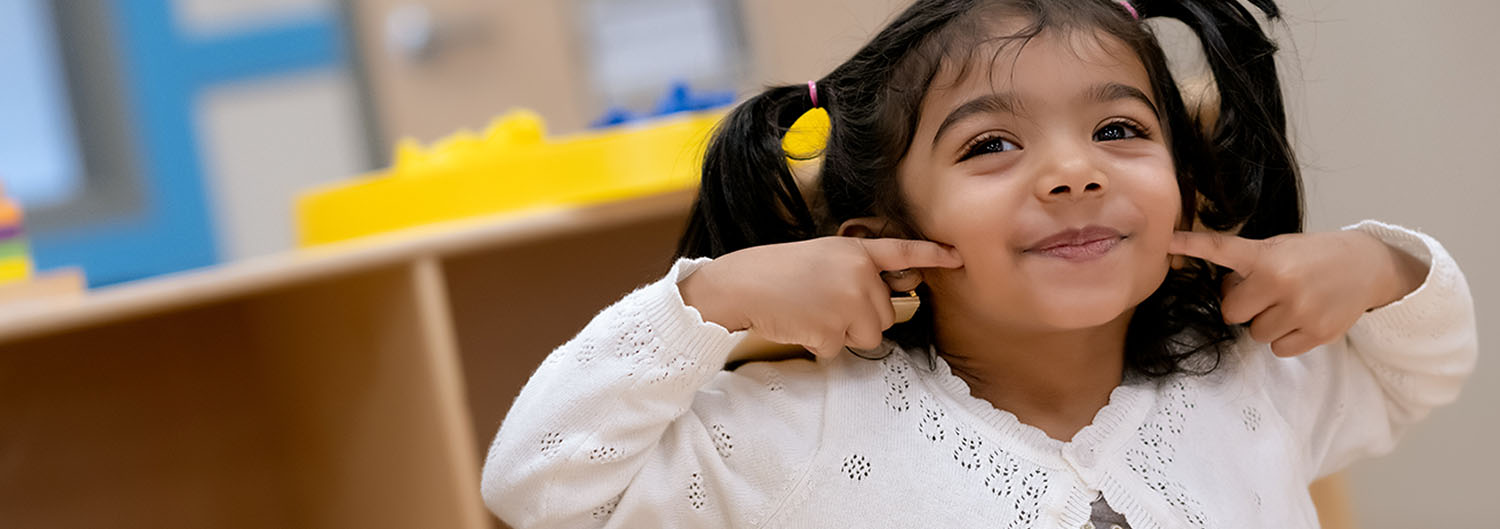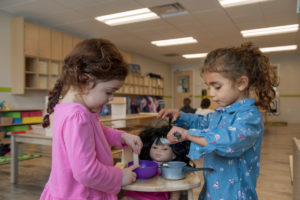- View All
- Topics
- Search
Topics
Blog Archive
-
2025 (5)
- March (2)
- February (1)
- January (2)
-
2024 (28)
- December (2)
- November (3)
- October (2)
- September (3)
- August (3)
- July (3)
- June (2)
- May (2)
- April (2)
- March (2)
- February (2)
- January (2)
-
2023 (15)
- December (2)
- November (2)
- October (2)
- September (1)
- August (1)
- July (1)
- June (1)
- May (1)
- April (1)
- March (1)
- February (1)
- January (1)
-
2022 (13)
- December (1)
- November (1)
- October (1)
- September (1)
- August (2)
- July (1)
- June (1)
- May (1)
- April (1)
- March (1)
- February (1)
- January (1)
-
2021 (15)
- December (1)
- November (1)
- October (1)
- September (2)
- August (1)
- June (1)
- May (2)
- April (1)
- March (2)
- February (2)
- January (1)
-
2020 (11)
- December (1)
- October (2)
- September (1)
- August (1)
- July (1)
- May (2)
- March (1)
- February (1)
- January (1)
-
2019 (12)
- December (1)
- November (1)
- October (1)
- September (1)
- August (1)
- July (1)
- May (2)
- April (1)
- March (1)
- February (1)
- January (1)
-
2018 (12)
- December (1)
- November (1)
- October (1)
- September (1)
- August (1)
- July (1)
- June (1)
- May (1)
- April (1)
- March (1)
- February (1)
- January (1)
-
2017 (12)
- December (1)
- November (1)
- October (1)
- September (1)
- August (1)
- July (1)
- June (1)
- May (1)
- April (1)
- March (1)
- February (1)
- January (1)
-
2016 (12)
- December (1)
- November (1)
- October (1)
- September (1)
- August (1)
- July (1)
- June (1)
- May (1)
- April (1)
- March (1)
- February (1)
- January (1)
-
2015 (12)
- December (1)
- November (1)
- October (1)
- September (1)
- August (1)
- July (1)
- June (1)
- May (1)
- April (1)
- March (1)
- February (1)
- January (1)
-
2014 (6)
- December (1)
- November (1)
- October (1)
- September (1)
- May (1)
- April (1)




Social-Emotional Learning from Infancy through Pre-K
Soc ial-emotional skills acquired in the preschool years pave the way for children to form lasting friendships, develop empathy, and understand different situations. Our teachers encourage social-emotional development, first and foremost, by creating a safe and supportive environment where every child feels good about coming to school.
ial-emotional skills acquired in the preschool years pave the way for children to form lasting friendships, develop empathy, and understand different situations. Our teachers encourage social-emotional development, first and foremost, by creating a safe and supportive environment where every child feels good about coming to school.
Below are specific examples on how we facilitate this learning in each of our classrooms.
Infants (0-1 year)
Positive verbal, nonverbal, and physical interactions provide infants with a sense of safety, confidence, and self-worth. Our teachers design activities that allow infants to look to them for support and encouragement when exploring new materials. For example, if an infant is struggling to fit a shape into the shape sorter, our teachers assist and prompt the infant by saying, “Let us try and turn the piece this way” or “I don’t think that shape fits. Should we see if it fits in another spot?”
Toddlers (1-2 years)
In our toddler classroom, students take an active part in dressing themselves. For example, teachers may ask, “Can you pull your arm through the sleeve,” or “Please take your socks off for our sensory walk.” Teachers also expose toddlers to a variety of emotions in developmentally appropriate ways. They may show pictures of children making various facial expressions and encourage the toddlers to practice identifying the emotions and mimicking the expressions in a mirror.
Beginners (2-3 years)
Our Beginner teachers support sharing and taking turns by providing students with visual prompts and auditory cues. For example, if they notice a student has been waiting to play with maracas, they may say, “Sophie, what special words could you use to have a turn with the maracas?” To make children feel safe and welcome when entering the classroom, teachers include the individual student’s name in the greeting and demonstrate gratitude when they return the greeting. Sometimes they may even greet students with a high-five, fist bump, or happy dance.
Intermediates (3-4 years)
Intermediate teachers encourage students to generate some of their own rules and routines, even silly ones! This promotes ownership over their own behaviors and allows students to feel respected within the classroom community. Teachers also provide students with words to describe why they feel a particular way if they can’t express it themselves. They may say, “I think you’re angry because your face is red and you yelled. I would be angry too if someone took my toy.” They then guide students through brief exercises to help self-calm and reduce stress, such as taking slow, deep breaths.
Pre-K (4-5 years)
Teachers in our Pre-K classroom inspire students to plan and engage in challenging tasks by modeling correct methods, techniques, and goals. Examples of this include using blocks to create a ramp for cars or assisting in searching for letters in a sensory bin to spell sight words. Our teachers always praise students for their effort with specific feedback. During centers, students direct their learning with supervision from their teachers, which creates opportunities to initiate and solve their own problems.